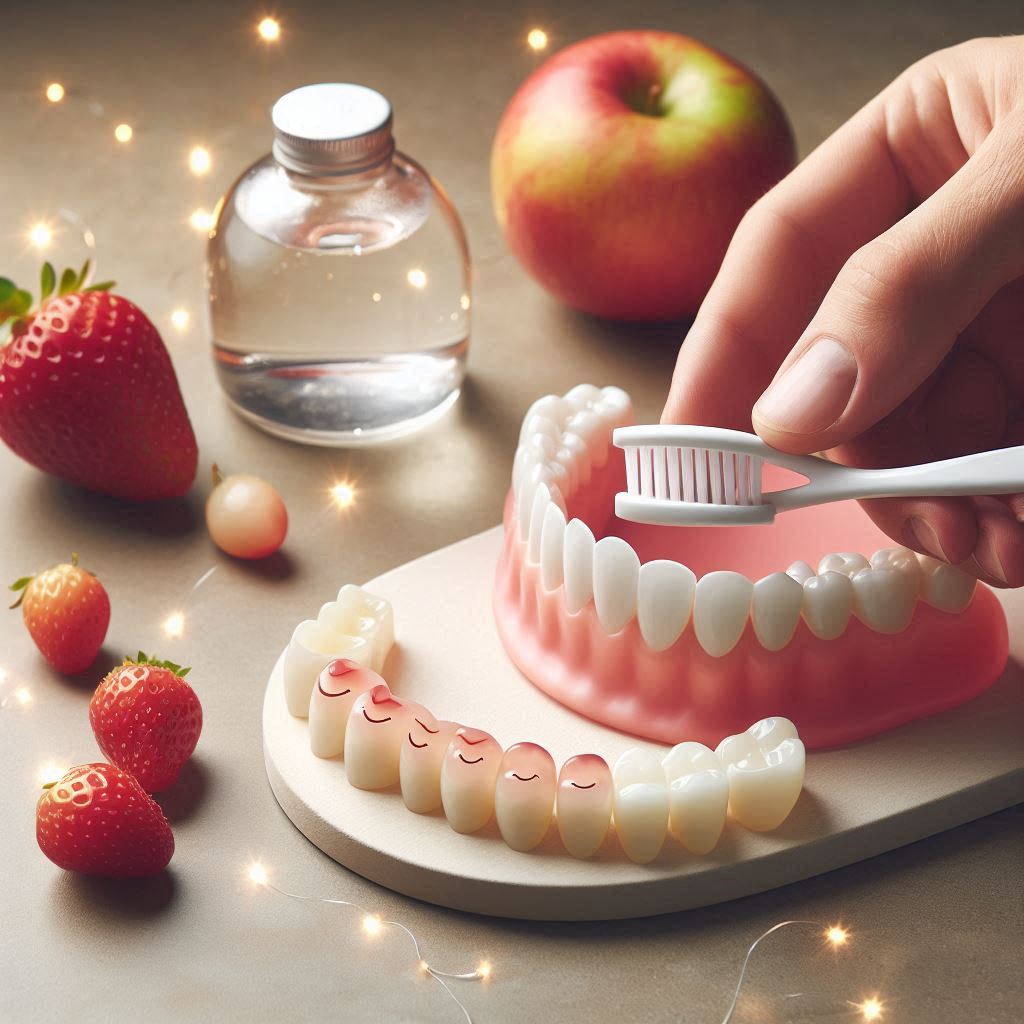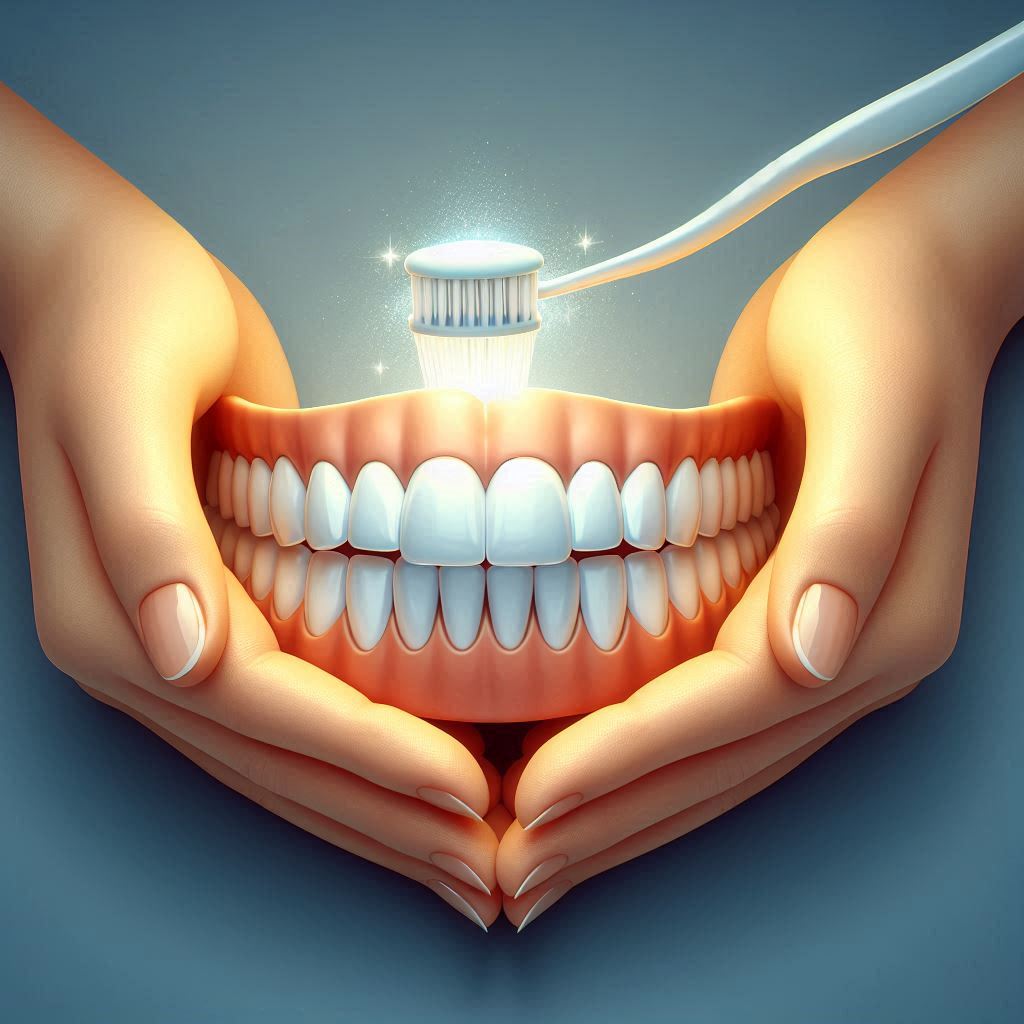Imagine your teeth as a mighty fortress — strong, white, and designed to withstand the daily battles of chewing, sipping, and smiling. Now, imagine the gums as the protective walls guarding this fortress. But over time, those walls begin to retreat. Slowly, the roots of the teeth — once hidden and safe — begin to peek out like the roots of an old tree exposed after a flood. This is what happens when gums recede.

Now, try to whiten this fortress with the usual weapons — harsh bleaches and abrasive tools — and you risk damaging the very structure you’re trying to beautify. That’s why teeth whitening for sensitive teeth is not just a cosmetic concern; it’s a matter of strategy and safety.
Why Standard Whitening Fails Those with Receding Gums
Most over-the-counter whitening products are like powerful storms — they sweep through quickly, removing surface stains but often with little regard for the sensitivity left in their wake. For someone with gum recession and exposed roots, these treatments can feel like sandpaper on sunburn. The exposed root surface lacks the protective enamel shield, making it vulnerable to pain, irritation, and even long-term damage if treated carelessly.

This is where the need for teeth whitening for sensitive teeth becomes not just helpful, but essential.
The Art of Whitening with Care
It must be done with the lightest touch, the right tools, and a deep understanding of the material at hand. Here are tailored solutions that speak directly to the needs of those with gum recession:
- Desensitizing Whitening Toothpaste
These pastes are specially formulated to reduce nerve sensitivity while gently removing surface stains. Think of it as using a feather duster instead of a wire brush — effective yet kind. - Custom-Fit Whitening Trays with Mild Gels
Dentists can create trays molded to your unique dental shape, allowing the use of lower-concentration peroxide gels. This reduces exposure to sensitive root areas and ensures an even application. It’s precision over power. - Non-Peroxide Whitening Options
Products made with ingredients like PAP (Phthalimidoperoxycaproic acid) are emerging as enamel-safe alternatives. These are like herbal remedies — less aggressive but still capable of delivering visible results over time. - In-Office Whitening for Sensitive Teeth
Under professional supervision, dentists can control every aspect of the whitening process, using advanced techniques that protect the gums and treat sensitivity before it begins. It’s the difference between home-cooked and chef-prepared — same ingredients, far superior execution. - Fluoride and Potassium Nitrate Treatments
Before or after whitening, fluoride or potassium nitrate gels can be applied to strengthen enamel and calm nerve endings. It’s like giving your teeth a soothing spa treatment to balance the stress of whitening.
A Journey, Not a Sprint
For those with receding gums, the road to a whiter smile is not a sprint — it’s a slow walk through a delicate garden. Patience is essential. Results may come more gradually, but they come without pain, regret, or harm.
Teeth Whitening for Sensitive Teeth: A New Perspective
Let’s rewrite the narrative. Teeth whitening isn’t just for the Hollywood-ready; it’s for real people with real dental concerns. Teeth whitening for sensitive teeth offers a tailored, gentle approach that respects the unique challenges of gum recession and root exposure. It’s about working with your mouth, not against it.
So if your smile has dulled and your gums have receded, don’t hide it — refine it.


